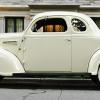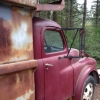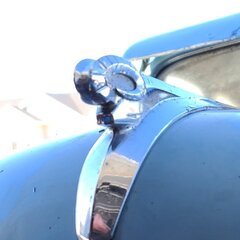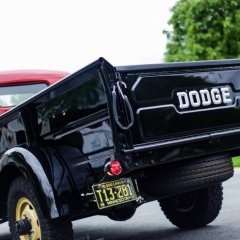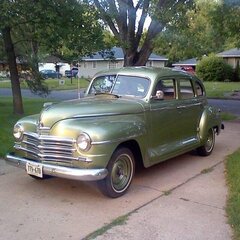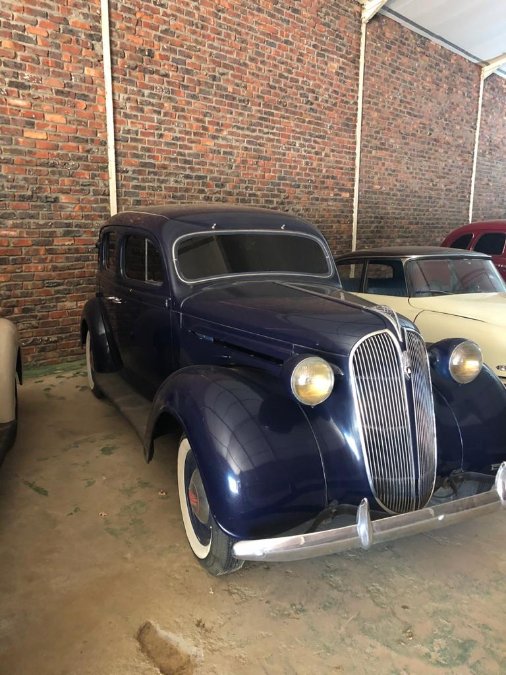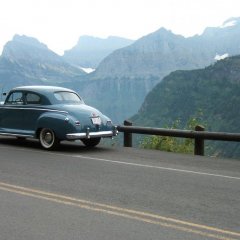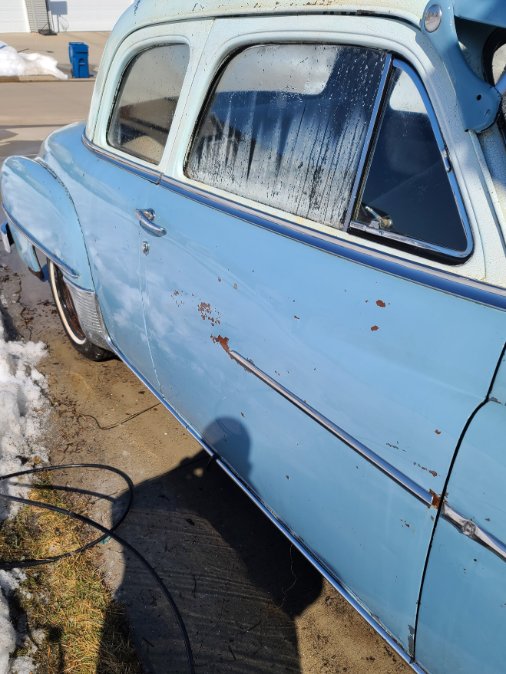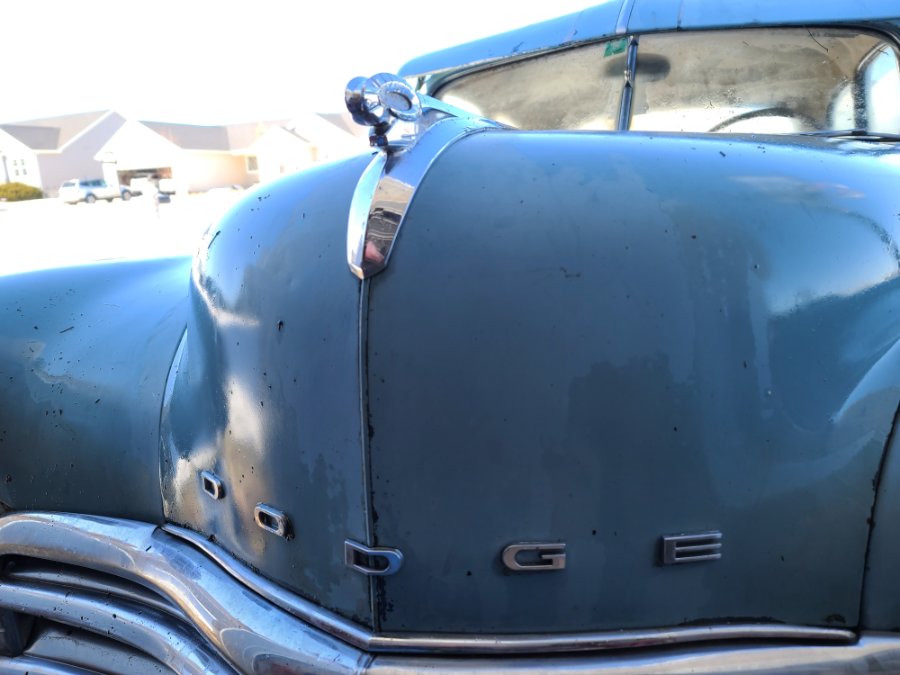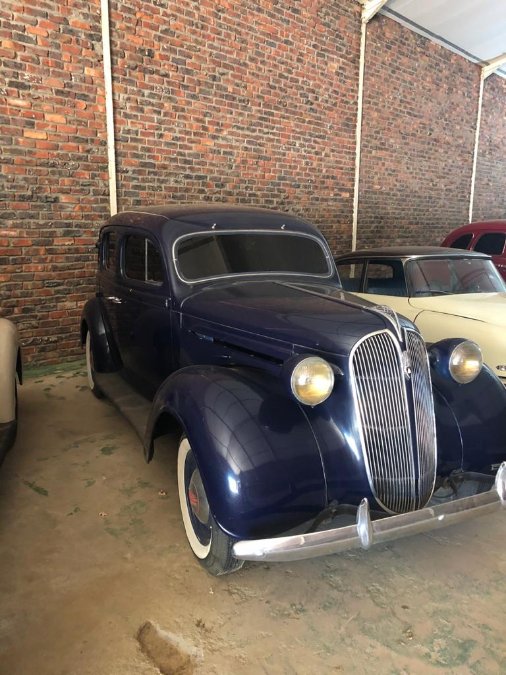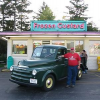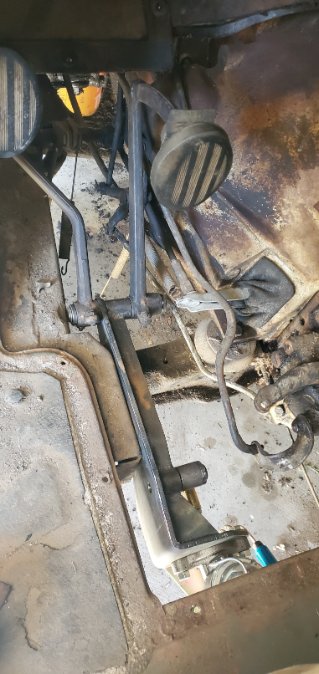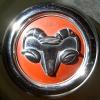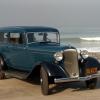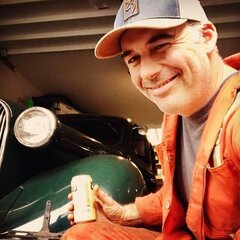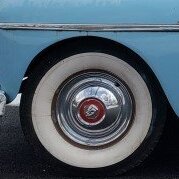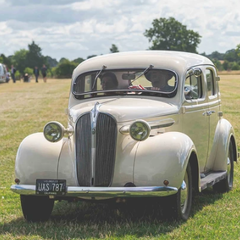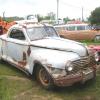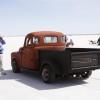Leaderboard
Popular Content
Showing content with the highest reputation on 03/26/2021 in all areas
-
Just wanted to share these Original 1930's Dodge & Plymouth Dealer posters that I have had squireled away for years. They measure 38" by 50" and were never actually mounted on the wall. No tape marks No tack holes. Beautiful Plymouth and Dodge artwork with bright and colorful lithography. Of course "Made in the USA"!6 points
-
6 points
-
2 points
-
2 points
-
Welcome. There is lot of good information here for your car. I bought a used 56 Plymouth 230 had it rebuilt and couldn't be happier. Make it run, make it stop then work on everything else. I found it's fun to drive a car that was a work-in-progress, I can't imagine doing a full restoration and not driving it until everything was done.2 points
-
Hi I am looking for some information on two cars I have recently bought in South Africa and imported into the UK . One is a 1939 Dodge Deluxe sedan D12 its serial no. 3930693 and a 1937 Plymouth serial no. 10308860 both cars are rhd both have been in South Africa all their lives and according to the serial numbers on both cars the cars were built in Detroit. So there was no assembly plant in South Africa until later than these cars, it would appear from information I have that the cars would have been sent over in crates without wheels on . The term new out the box often referred to about new car s in South Africa seems to have come from this process. The Dodge arrived here on 22nd December just before Christmas past and the Plymouth is still in its container having been off loaded today. Both cars are from a batch of four I bought in SA both other cars are also rhd , both are 1941 chevrolets. So all of them are pretty original other then paint colour on the Dodge, all drive and are useable but have had Windows tinted and carpets changed to heavy pile carpet as the cars were used as photo booths at a wedding venue. Anyone able to shed any light on cars exported to South Africa and why they were built in the USA and not Canada. Pics show the Dodge, Plymouth and then five cars , the beige one at far right is not mine, the rest are all the photo booth cars before departure from the Paarl in the western Cape.1 point
-
Title of a promotional film for Socony Vacuum lubricants on Youtube , late30's -early 40's. I enjoyed watching. A glimpse of industry and farming from that era...?1 point
-
I've definitely decided to keep the color and two tone paint. After cleaning the outside and getting the seats pulled out, I lifted it up some and found a couple broken body mounts which is going to lead me to pulling the body off to fix, run new brake and fuel lines etc. Need to get the floors cut out and replaced first though, so that is top of the priority list. Am going to try to turn the motor over this weekend and see how that is, am struggling on the fence between keeping the 230 with gyromatic, or pulling it in favor of a 318/340/360 with a 727 transmission. My 14 year old wants the bigger engine, my inner 16 year old agrees with him. But, my 41 year old side says keep it stock, but add dual intake and dual exhaust, do some old school engineering on it and just enjoy cruising. I made my first "punch list" about a month ago and very quickly got overwhelmed with all that I need/want to do. Need to brake the elephant down into smaller bites.1 point
-
1941 Plymouth Dash clock. Now that is a "hen's teeth" find! Lucky to have found 4 of thee units in 30+ years of looking. Only once I find one actually in a car!1 point
-
I know this an old thread but I have recently purchased a Dodge D12 from South Africa , it is a right hand drive built car but it's serial number 3930693 tells me me it was built in Detroit not Canada. It has lived in South Africa since 1939 , it was being used as a photo booth at a wedding venue. I also have a 1937 Plymouth serial no. 10308860 also right hand drive and according to information I located also built in Detroit, the Plymouth arrived yesterday on the vessel Santa Rosa along with a 1941 Chevrolet , all these cars including another 1941 chev which accompanied the Dodge were used as photo booths, all of the RHD and in that period cars were delivered in crates with wheels off, this seemed the norm until an assembly plant was built in South Africa.. Anyone able to shed a bit of light on this?1 point
-
1 point
-
Sometimes my smart phone makes a good helper. Video things I can’t see well so I can look at the lever inside an outside at the same time for instance might have to use some duct tape to hold it where needed1 point
-
1 point
-
1 point
-
1 point
-
as alluded to in the linked post, your starter situation was something I experienced in 2005 with the 1-ton just before that little clutch busted, and was very lucky to get home unassisted cuz that was a few weeks before I finally broke down and got my 1st cell phone...not so much a need to use the search function as me remembering how close a call that was to having an embarrassing problem while enjoying the weather in my buggy on my day off ?1 point
-
I blocked front axle up square both sides, removed both front tires, removed all drive belts, disconnect both pumps, oil pressure line, lights, regulator, fuel line, cut exhaust, intake breather and some manual clutch linkage.. I think there were 6 bolts holding the skid to the combine frame. Just pulled out the right side. Took 2 hours and a helper.1 point
-
Still thinking about this. It almost certainly is in the shift linkage, really the selection mechanism at the bottom of the column. All the interlock does is prevent movement of both levers when one or the other is not in neutral. Failure in that area would either allow you to put it into two gears simultaneously or prevent lever movement at all.1 point
-
I beg to differ. The washable oil bath type filter is very good at capturing road dust before it gets into the carburetor. In fact, for years after paper filters came out the factory still used the oil bath filters for heavy duty and dusty location applications. The main advantage of the paper element filter is that it is quick and easy to change. And the service department can charge a pretty penny for putting in factory approved service parts.1 point
-
1 point
-
So far, the proper 1938 Trico vacuum wiper motor reseal parts. No luck yet.1 point
-
The rust! I just ordered an entire floorpan set from the plymouth doctor.1 point
-
I agree with the added room for a tad of juggling....but many here will not like the look once the job is done but in truth, stock wheels will be an issue here for the overall end look and the key element in the statement above...staying stock wheels. I also firmly believe if anyone is in the frame of mind to swap out an axle they serve themselves best by breaking out the tape measure and making a trek to the wrecking yard. Another point is this is the question is solely related to the width of the axle and not yet addressing the engagement of the rear e-brake....oh yeah, that comes later....in truth, both should be considered prior to any selection. also.....there is the very clearance needed to get the tire from the axle when changing a flat.....granted shop condition are ideal for the most part but along side the road getting the body high off the rear suspension can be a task...1 point
-
All this talk about graceful aging has stirred up some feelings about my '38 Plymouth sedan. The engine is currently out and I am in the process of rebuilding it. I have the opportunity now to clean up the engine bay. Paint the engine. Coat engine compartment body parts in POR-15 or something similar. Really doll it up. Now would be a great time to unbolt the fenders. The radiator nose cone, hood and side panels are already off. I could clean everything up on the front end. Sand it down. Prime and paint it. Then eventually work my way back toward the rear. Yet, something tells me no. There is something appealing about the car looking like it just came off the farm. I can't quite say what or why. Maybe it's the running board's rubber worn right through to the metal underneath? From 80 years of families going on vacation. Or maybe blue collar working Dads going to work every day? The dent and dings here and there from a teenager learning to drive. Or a house wife going to the grocery store every week. There is something oddly appealing about a mechanically sound, reliable daily driver. One that looks like it's been driven every day for 50, or even 80 plus years. There is something satisfying about good old American grit that is still out on the roads today. An example of great American engineering that just keeps going. I can't say with confidence where my '38 will end up while under my care. Yet the journey to get there will likely be the most enjoyable of any car I have ever owned.1 point
-
Besides the Vikings? ?? My mom is from Minnesota so I don't have too many, but, everytime we crossed the boarder going to my Grandmas my Dad would pretend to get a chill and complain about how cold it was. I do the same thing with my family now.1 point
-
My 37 Plymouth origionally came with a radio. It wasn't there when I bought it. I don't miss it though. Just the sound of the exhaust (origonal Cherry Bomb) and tranny when I can hear it over the exhaust is music enough.1 point
-
1 point
-
Update! Finally got it picked up, there was a badge we missed on the driver side, it's a Coronet with Gyromatic transmission. High of 0 today. Its very frozen, so thawing out in the garage for now. Will post pics after I lower the file size1 point
-
I think you should give it to me. Just a suggestion to try to make your life more pleasant,boss!1 point
-
1 point
-
While I'm searching through my piles of spare parts looking for interesting things....here's some related videos. E-brake video #1 E-brake video #2 E-brake video #3 48D1 point
-
That's the D11 Luxury Liner (US) /Custom (Canada). The Dodge with the Manitoba plates is what the D12/D13 looks like. Notice all the slots for the grille but few bars of trim. The Plymouth had trim along all the slots but no V-shaped trim from the sides. 1939 was the first year the Plymouth-based Dodges did not use the Dodge front clip. The front clip would be unique until 1953 when the U.S. Dodge again used an extended version of the Plymouth body. Bill Vancouver, BC1 point
-
Frankie, Thought for a minute there you were advocatin' one a' them belly-button type Chebbies - NOT!1 point
-
For total reliability you should put a SBC in it nothing is better! Small block chrysler that is...1 point

